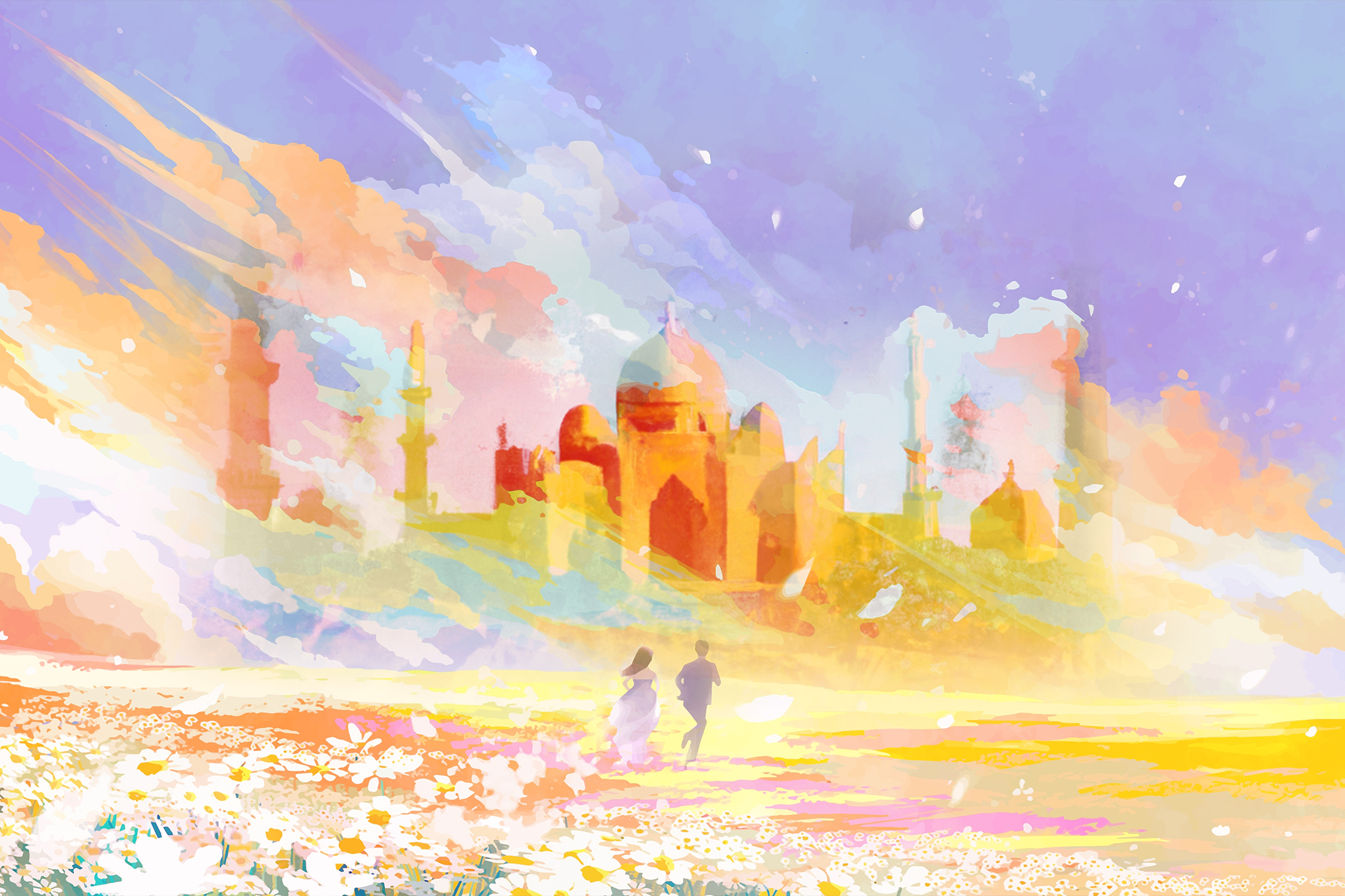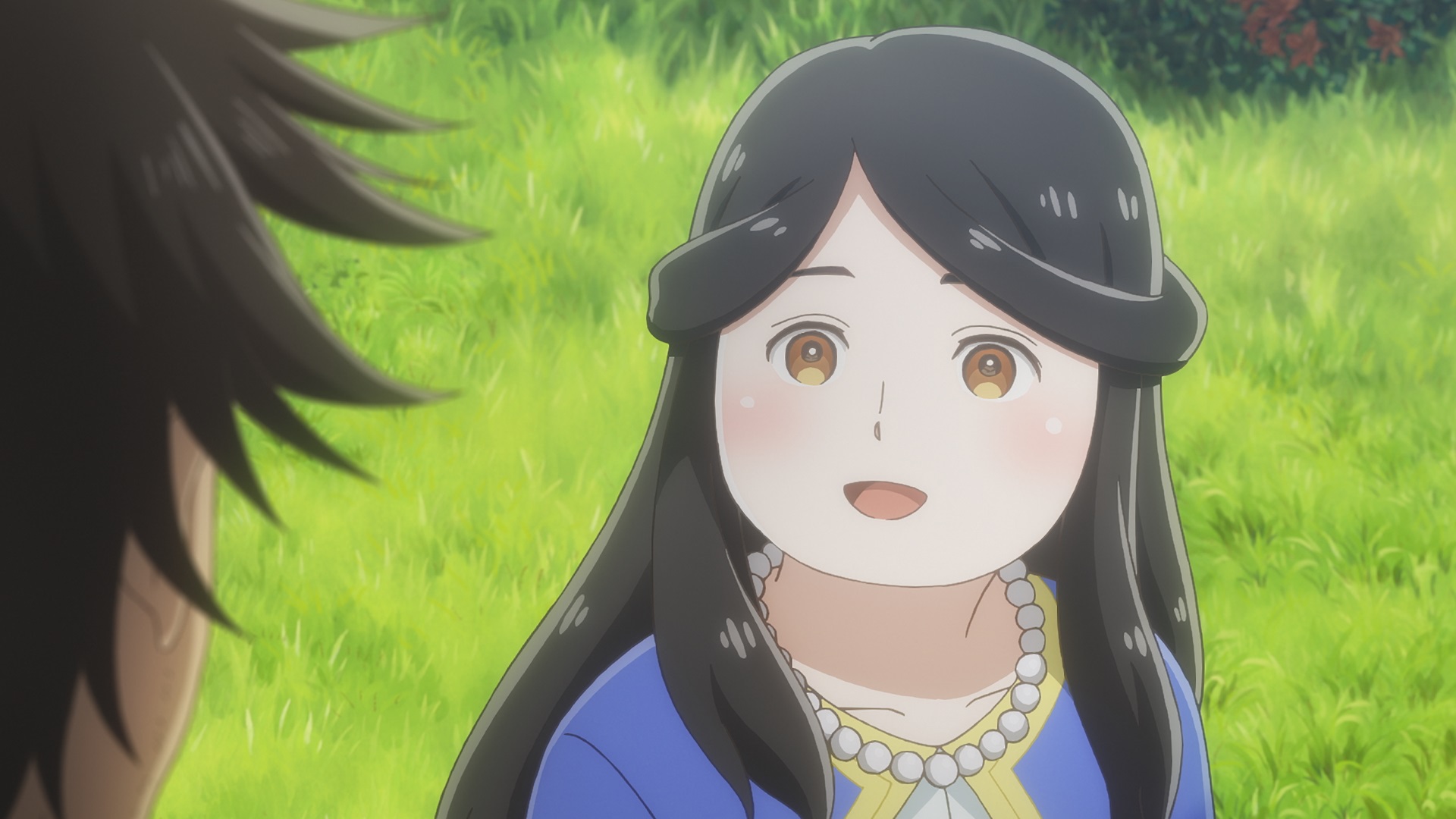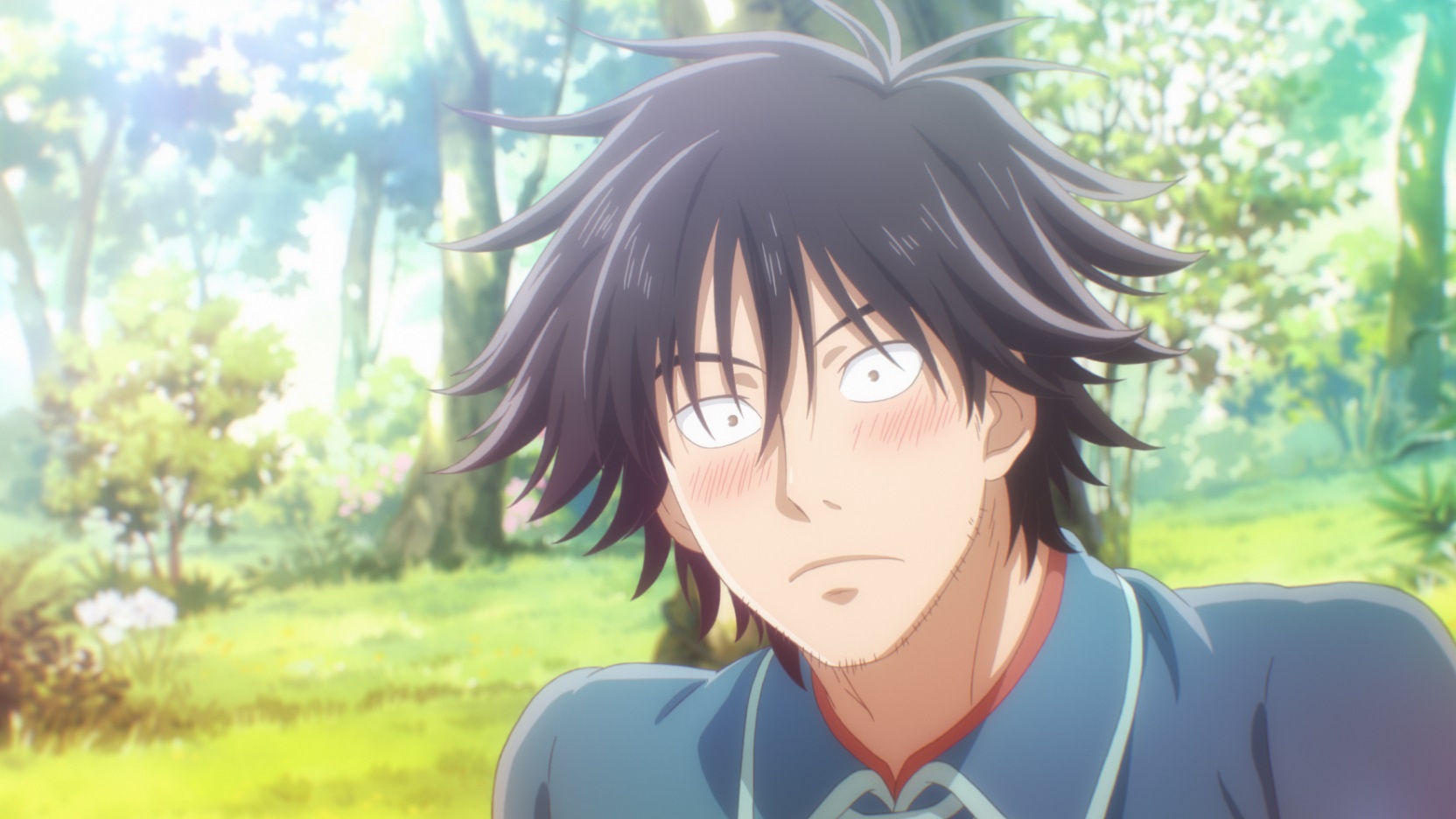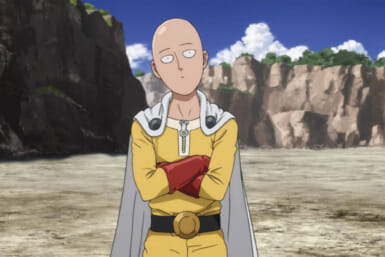There is a lot going on with Kin no Kuni Mizu no Kuni (Kingdom of Gold, Kingdom of Water), the anime movie by director Kotono Watanabe released on January 27. The plot centers around a blossoming romance between a princess of the fictional kingdom of Al Hamit — a mix of Mughal Empire India and Islamic Golden Age Baghdad — and an architect from Baikali, a place that’s part Balkans, part Mongol Empire, Ancient China and probably a few other places.
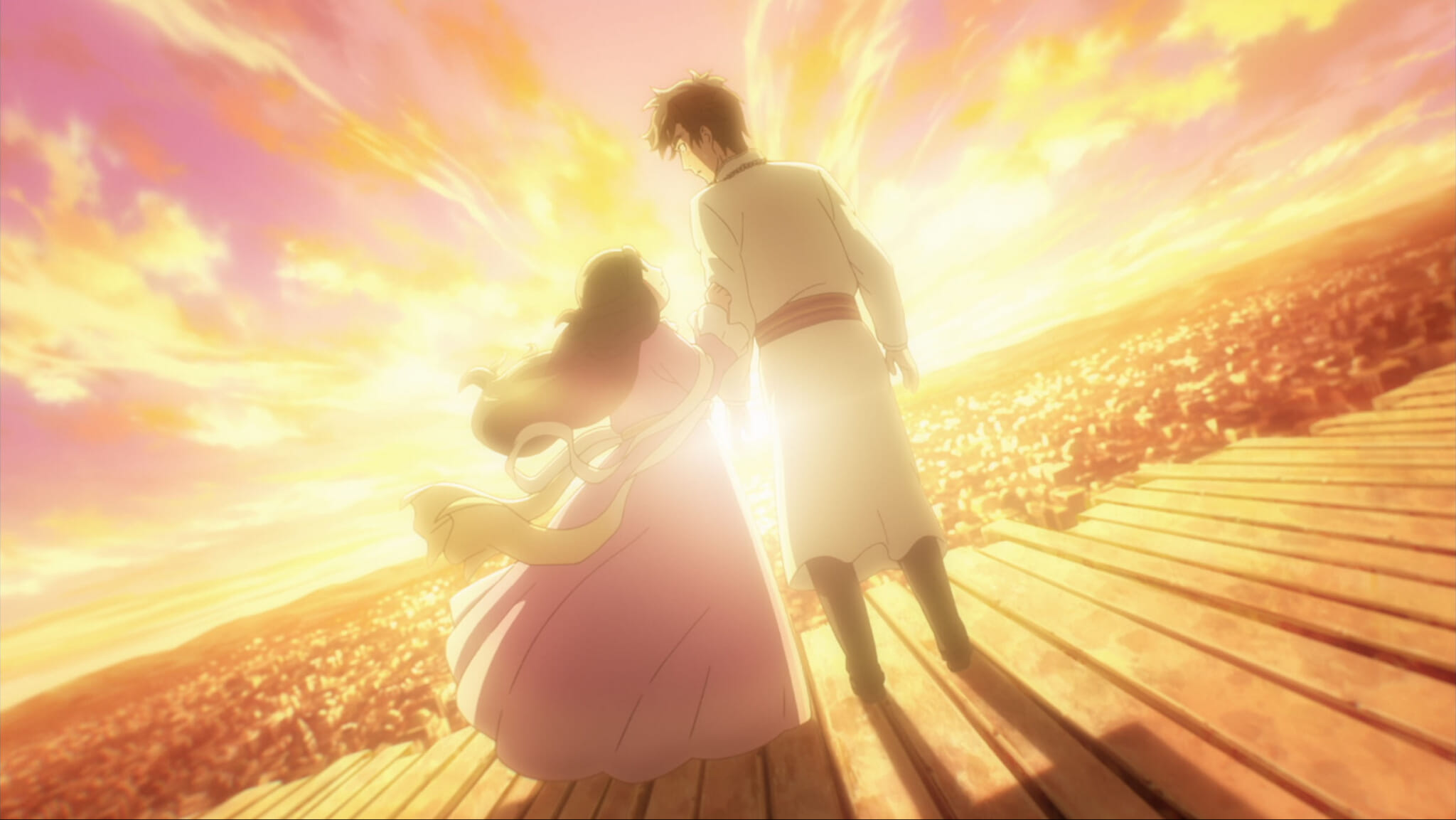
Photo courtesy of Warner Bros Japan
Burying the Lede
Kin no Kuni Mizu no Kuni is also a story about diplomacy, the power of technology and what it really means to be “rich,” with some outlandish comedic characters (including a cartoonish female assassin in a burqa) thrown into the mix for good measure. And all of that is based on a one-volume romance manga by Nao Iwamoto. The story sure does throw a lot at you in a short amount of time, almost as if it was trying to distract from the fact that its heroine is one of the few plus-sized female protagonists in Japanese pop culture. There might be a reason for that.
Breaking Barriers — But Not Too Much
There is a widespread belief in Japan that thin equals beautiful, which has been taken to ridiculous lengths time and time again, like in 2009 when a Japanese ad featuring Filippa Hamilton digitally slimmed down the Ralph Lauren model so much, she looked as if she could hide behind a fishing pole. Similarly, for most of their existence, heroines of romance manga and anime tended to be exaggeratedly slim and tiny. Those characters that didn’t fit that mold were usually relegated to the role of comic relief. Not so with Sarah, the 93rd princess of Al Hamit. Though a million miles from ugly and firmly in the “cute” category, she is notably a few kilograms heavier than typical manga and anime heroines who get the handsome guy in the end.
She’s also kind, caring, quick on her feet, self-sacrificing and a step towards a more varied representation of the female form in Japanese fiction. Unfortunately, for all her mold-breaking, Sarah is also continuously linked with food throughout the movie. We often see her surrounded by huge feasts, making lunches, singing about food, bonding over food etc. That’s not necessarily a bad thing. Fun fact: you need food to live. But it seems to feed too much into stereotypes about fat people (pun slightly intended). Maybe this could have been forgiven if Sarah had a complex character arc and personality, of which “food” could have been one small detail. Sadly, though, she does not. Maybe that’s why the story is so densely-packed: so you don’t notice that Sarah is kind of underdeveloped.
The Classically Handsome Hero to the Rescue
While Sarah is a rare sight in manga and anime, her romantic interest, Naranbayar, is not. He’s the familiar handsome, smart, nice guy who falls in love with Sarah’s courage and good heart and couldn’t care less about her weight. He also pretty much drives the entire plot forward. After Sarah comes up with the idea that she and Naranbayar should pretend to be a couple (the reasons for which are… complicated), the movie basically becomes Naranbayar’s story. It’s suddenly up to him to keep up the ruse while working behind the scenes to secure peace between Al Hamit and Baikali and some kind of future for the former. While that’s happening, Sarah is mostly there to offer exposition and moral support.
In short, Sarah ceases to be the star early on in the movie and instead becomes a passive reminder that women in Japanese romance stories also come plus sized. And that’s great. But can they also get into whacky shenanigans or save the day without literally having to be led by the hand by the male protagonist, or worrying that their escape route will collapse under their weight? If we can only have one of those, let’s go with that last one. The whole point of representation, after all, is that characters who are different from the norm can just exist without their differences being focused on the entire time.
Plenty to Like About the Film
For all its missteps, Kin no Kuni Mizu no Kuni has won a lot of fans. Numbers for the movie are still coming in but the source material manga was very well received, shooting to the top of the Female Readers list in a 2017 ranking by Takarajimasha and being nominated for the Manga Taisho award. So there definitely is something to the story that draws people in, even if it’s just a desire to see more diverse anime heroines and a lack of any other alternatives. The 2023 film also adds to that with beautiful backgrounds and amazing music, especially “Brand New World” by Kotone, which elevates and electrifies several key scenes. Is Kin no Kuni Mizu no Kuni perfect and did it successfully challenge the paradigm of female character design in anime? No, but it’s still a fun movie that gives audiences something that they’ve probably never seen before. And that’s not nothing.

